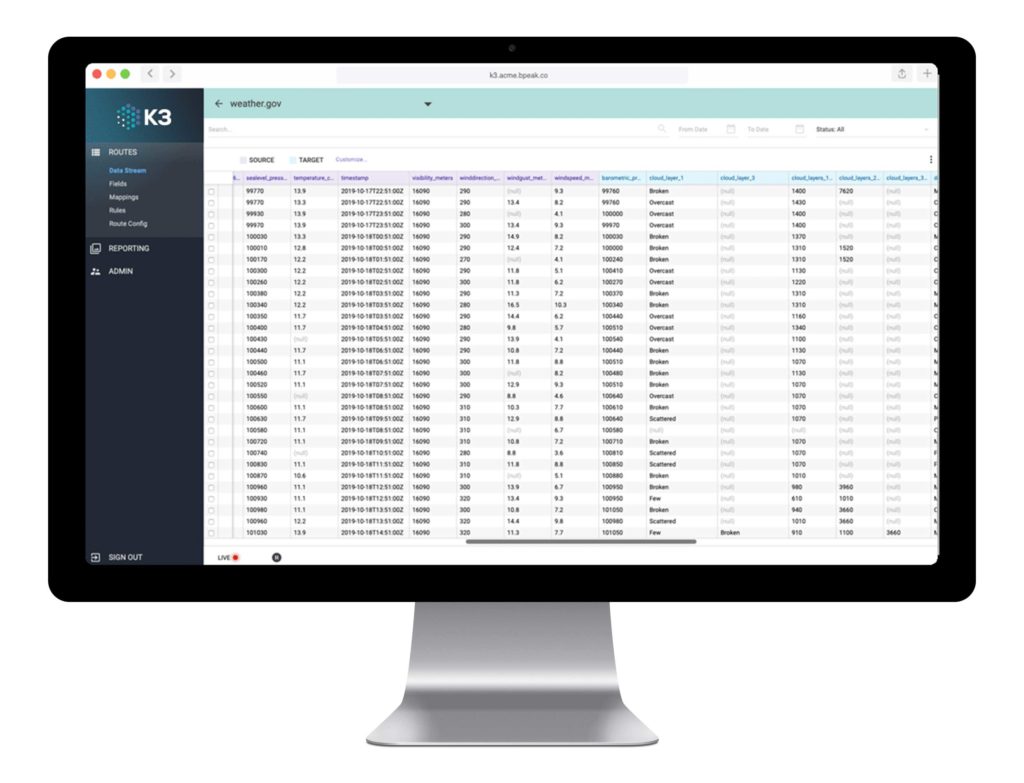SQL (standard query language) is a powerful domain-specific coding protocol that is used to manage or stream-process data within a relational database management system. It is the gold standard of programming languages and widely used among developers for its ability to manage data in different types of environments where diverse information relationships exist. There is no denying that SQL is an attractive database tool with a lot of muscle, but it’s not without downsides.
From fragile code and maintenance nightmares, to placing heavy demands on your IT team, there are a number of reasons why a UI-based, low-code ETL solution might be a better choice.
There is no denying that SQL is an attractive database tool with a lot of muscle, but it’s not without downsides. The perils and pitfalls of “stored proc” are well documented. But what if we can get the bulk of ETL jobs into the hands of the business analysts that are on the front line of solving business problems. It’s transformative.
When quick data manipulation is needed, SQL is the preferred language for enabling database servers to communicate, edit and store data. The modern data stack often uses SQL ETL tools to read, write and query data. To make things easier, a group of SQL statements called stored procedures can be created and saved in a database so the code can be used over and over again. All these features are attractive, but read between the lines and you’ll find that SQL ETL has its disadvantages.
The Challenges
SQL ETL is considered an ideal dyad by many. However, this seemingly perfect pair doesn’t always perform flawlessly. Here are some of the challenges of SQL ETL.
FRAGILE CODE
SQL ETL uses stored procedures and this type of code has the tendency to be fragile and are often done entirely outside a traditional SDLC (software development life cycle). Don’t be surprised if your developers find themselves in a never-ending loop of reactive problem solving.
MAINTENANCE, MAINTENANACE, MAINTENANCE
SQL ETL is quick to assemble and launch, but it’s a maintenance nightmare in the long run. It can put undue stress on your IT people, as well as waste time and money.
LACK OF SUSTAINABILITY
SQL ETL lacks long-term sustainability. Data velocity is virtually impossible when it’s tied to one specific IT person or department within your organization.
SQL #ETL is a powerful tool with many benefits, but it also has drawbacks. Learn more about the challenges and how K3 provides a powerful low-code #ETL tool that is a more sustainable than code alone.
The K3 ETL Alternative
K3 ETL is a UI-based, low code ETL tool that replaces SQL ETL. It features K3 Data Prep, K3 Data Load and K3 Adapters such as K3 for Amazon Redshift, K3 for Snowflake, K3 for Postgres and K3 for PostgreSQL. This one-stop solution provides businesses with a similar toolset, but in an environment that enables users to visualize and normalize data without hiring a troop of technical people.
SQL ETL is a powerful tool with many benefits, but it also has drawbacks. In many cases, a UI-based, low-code ETL tool is a more sustainable choice. Is your organization struggling with moving data downstream? Get in touch with us and we’ll show you a more streamlined approach to get data going for SQL.







